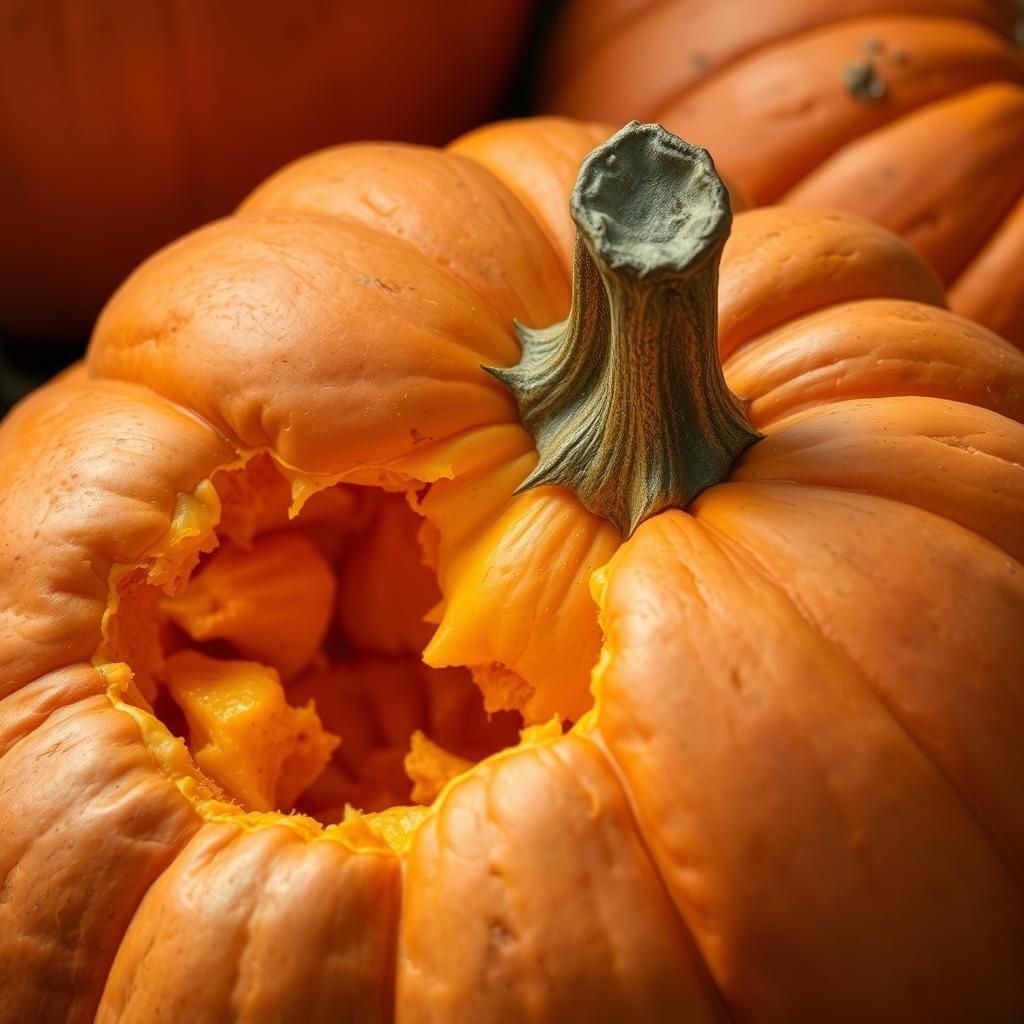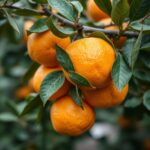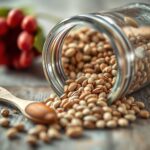Can Pumpkins Ripen Off the Vine? Exploring the Secrets of Pumpkin Ripening

Pumpkins are a beloved symbol of autumn, celebrated for their vibrant colors and versatile uses. However, a common question arises among gardeners and enthusiasts alike: can pumpkins ripen off the vine? This article delves into the fascinating process of pumpkin ripening, exploring the factors that influence their growth both on and off the vine. We will examine the science behind ripening, the optimal conditions required, and share practical tips for those looking to harvest their pumpkins early. Join us on this journey to uncover the secrets behind this seasonal staple and ensure your pumpkins reach their full potential.
Can Pumpkins Ripen Off the Vine?
Pumpkins can indeed ripen off the vine, but the process is more complex than simply picking them early and waiting for them to mature. For successful ripening, it’s crucial to harvest pumpkins when they have reached their full size and exhibit a deep orange color, indicating that they are near ripeness. Additionally, the pumpkins should have a hard shell and a dry stem, which signifies that they are mature enough to withstand the off-vine ripening process. While many people have successfully ripened pumpkins indoors or in a warm, well-ventilated area, conditions must be carefully controlled to prevent rot and ensure an even ripening process.
Optimal Conditions for Off-Vine Ripening
To achieve successful off-vine ripening, pumpkins should be stored in a warm location, ideally between 70°F and 75°F (21°C and 24°C) with good airflow. Direct sunlight exposure should be avoided, as it can lead to drying out the skin too quickly while leaving the inside undercooked. Proper humidity levels are also important; maintaining a moderate amount of moisture will help prevent the pumpkins from shriveling or rotting. A well-ventilated room or a space in your home can provide the right environment, but be sure to monitor the conditions regularly.
Signs of Ripeness Before Harvesting
Determining when to harvest pumpkins for optimal off-vine ripening involves careful observation. Look for a deep orange color and a hard skin; these characteristics typically indicate that the pumpkin has reached its full maturity. Additionally, the stem should feel dry and firm to the touch, as a green or moist stem may signify that the pumpkin is not yet fully developed. Tapping the pumpkin should produce a hollow sound, which is another sign of ripeness. Harvesting at the right time is crucial for a successful ripening process after removal from the vine.
How to Store Pumpkins for Ripening
Once harvested, proper storage is key to ensuring pumpkins ripen effectively away from the vine. They should be placed on a sturdy surface, such as a shelf or a countertop, to avoid any unwanted pressure on the skin that might lead to bruising. It is advisable to separate them from other fruits and vegetables, especially those emitting ethylene gas, which can interfere with the ripening process. Storing at a stable temperature and allowing for air circulation around the pumpkins will also promote a successful ripening period.
See also:
Common Issues During Off-Vine Ripening
While ripening off the vine can be successful, there are common issues that can arise. The most prominent concern is the development of rot, often caused by excess moisture or a lack of airflow, leading to fungal growth. It’s crucial to routinely check the pumpkins for any signs of decay or soft spots, which can indicate compromised quality. To mitigate these risks, it is essential to ensure that the pumpkins are not stacked atop one another and that they remain in a controlled environment conducive to healthy ripening.
Duration of Off-Vine Ripening
The off-vine ripening process can vary in duration, typically taking anywhere from a few weeks to over a month, depending on the size and initial ripeness of the pumpkin when harvested. During this time, the sugars within the pumpkin continue to develop, leading to a sweeter flavor and improved texture. Monitoring the pumpkins closely is advisable, as the ripening process can accelerate or slow down based on environmental factors such as temperature and humidity. It is important to be patient, as rushing the process can result in inferior fruit quality.
| Step | Description |
|---|---|
| 1 | Harvest the pumpkin when it displays a deep orange color and has a hard skin. |
| 2 | Store in a warm location with good airflow at about 70°F to 75°F. |
| 3 | Avoid moisture and check regularly for signs of rot. |
| 4 | Allow for ripening duration of several weeks to achieve desired sweetness. |
Factors Influencing Off-Vine Pumpkin Ripening
Pumpkins can indeed ripen off the vine, but several crucial factors impact their ability to do so effectively. The maturity of the fruit at the time of harvest plays a significant role; pumpkins that are fully mature and have reached their characteristic color and skin hardness stand a better chance of ripening successfully once removed from the vine. Additionally, the surrounding environment—such as temperature, humidity, and light exposure—can significantly affect the ripening process. Ideally, pumpkins should be placed in a warm, dry location with good air circulation to allow for the optimal conversion of starches to sugars, which enhances sweetness and flavor.
Understanding Pumpkin Maturity
The maturity of a pumpkin is determined by several visual and tactile cues, including the fruit's color, the firmness of its skin, and the drying of the stem. A mature pumpkin typically exhibits a deep orange hue and a hard exterior. These characteristics suggest that the fruit has achieved maximum nutrient levels and is prepared for any further ripening processes post-harvest. When pumpkins are harvested prematurely, they may not ripen properly, resulting in a lack of sweetness and a less pleasing texture.
The Role of Temperature in Ripening
Temperature is a critical factor in the ripening of pumpkins off the vine. Ideally, pumpkins should be kept in a warm environment, around 70°F to 75°F (21°C to 24°C), to facilitate the chemical processes involved in ripening. Temperatures that are too low can stall these processes, while excessive heat may lead to over-ripening or rotting. Thus, maintaining an appropriate temperature is essential for achieving optimal results.
See also:
Humidity and Its Impact
Humidity levels also significantly affect the ripening process of pumpkins once they are detached from the vine. A moderate level of humidity can help prevent the drying out of the pumpkin’s skin, thus allowing for a proper ripening process. However, overly humid conditions may create an environment conducive to mold and decay, hampering the ripening while also posing a risk to the fruit's overall quality. Therefore, it is essential to monitor humidity levels and adjust environments accordingly.
Light Exposure and Ripening Success
Proper light exposure contributes to the effective ripening of pumpkins off the vine. Light can help enhance the color and encourage the conversion of starches into sugars, which significantly impacts flavor. While direct sunlight can sometimes be beneficial, it’s important that pumpkins are not exposed to harsh sunlight for extended periods, as this can lead to sunburn on the skin and negatively affect the fruit's quality. A bright, indirect light source is typically most effective for off-vine ripening.
Identifying Signs of Successful Ripening
To determine if a pumpkin has successfully ripened after being removed from the vine, one can look for several indicators, such as a deepened color, slight softening of the skin, and a change in stem *firmness*. The stem, which should be somewhat dry and brittle, indicates that the fruit has fully matured. When these signs are present, it suggests that the pumpkin is ready to be enjoyed, ensuring optimal flavor and texture.
Questions from Our Readers
Can pumpkins ripen off the vine?
Yes, pumpkins can ripen off the vine, but their success depends on various factors. If taken from the vine prematurely, they may not develop their full color and flavor. To aid in ripening, place the pumpkins in a warm area with good air circulation and indirect sunlight.
What conditions are needed for pumpkins to ripen after being picked?
For pumpkins to effectively ripen after being picked, they need to be stored in a warm, dry place, ideally between 70°F and 85°F. Ensuring they are kept out of direct sunlight and have adequate air circulation can help prevent rot and encourage even ripening.
See also:
How long does it take for pumpkins to ripen off the vine?
The time it takes for pumpkins to ripen off the vine can vary, typically ranging from 1 to 4 weeks. The specific duration depends on several factors, including the initial maturity of the pumpkin at harvest and the environmental conditions in which it is placed.
Can all pumpkin varieties ripen off the vine?
Not all pumpkin varieties are equally suited for off-vine ripening. Some varieties, particularly those that are more robust, tend to ripen better away from the vine. However, others that are fragile may not continue to develop as effectively once removed, highlighting the importance of selecting the right type for harvesting.

If you want to read more articles like Can Pumpkins Ripen Off the Vine? Exploring the Secrets of Pumpkin Ripening, we recommend you check out our Seeds category.
Leave a Reply
Related Articles